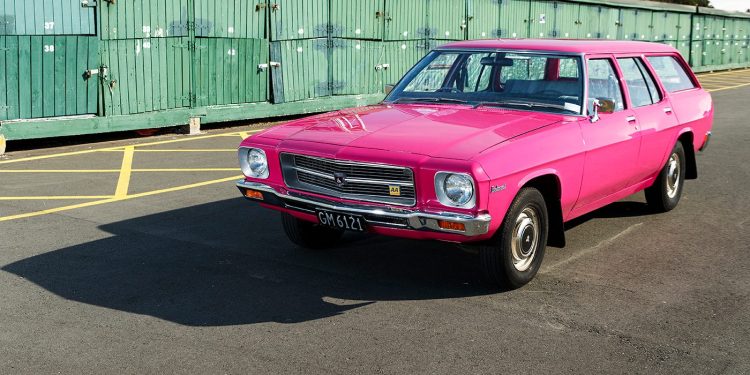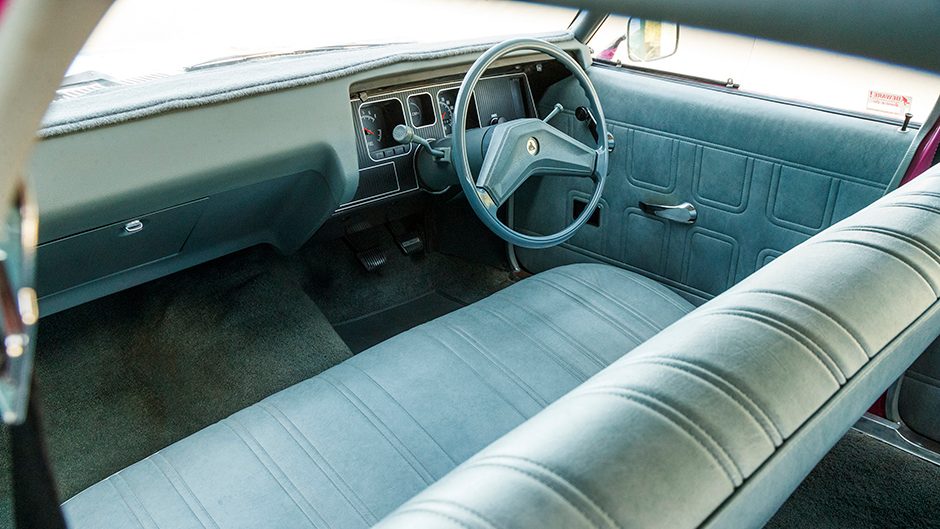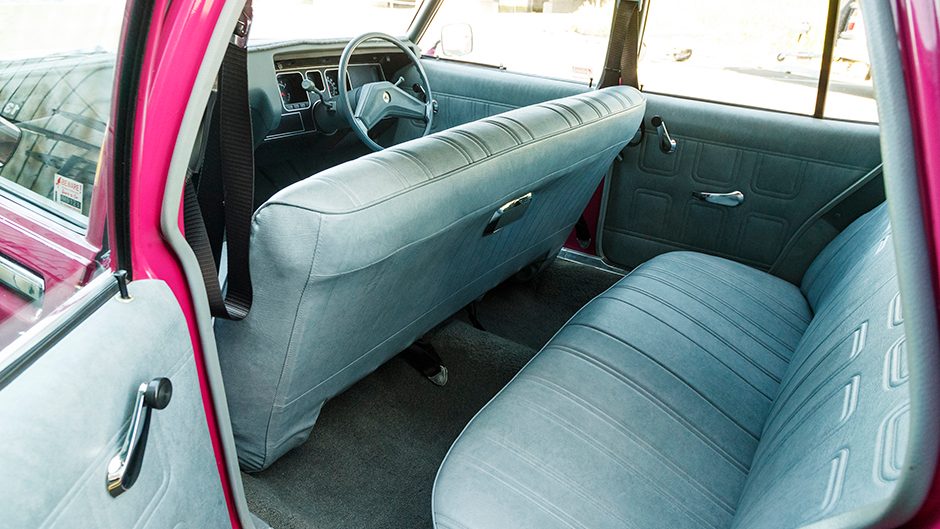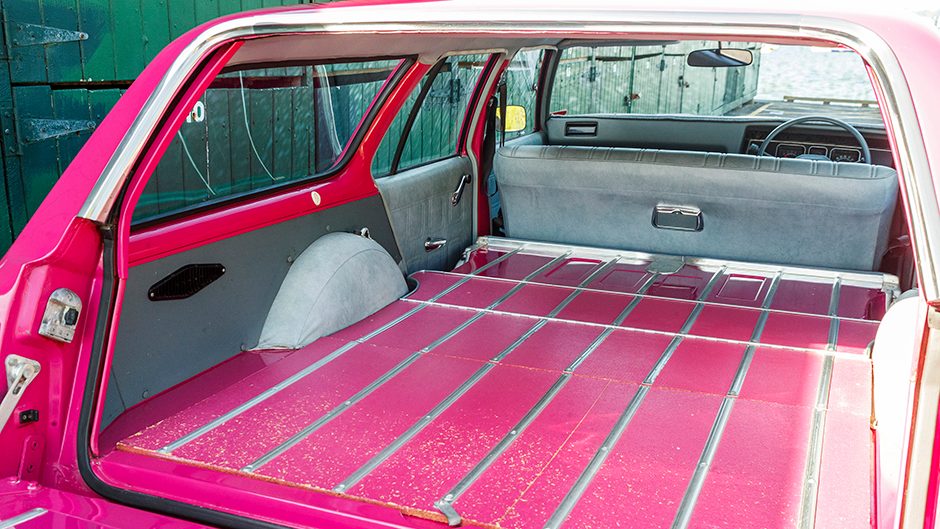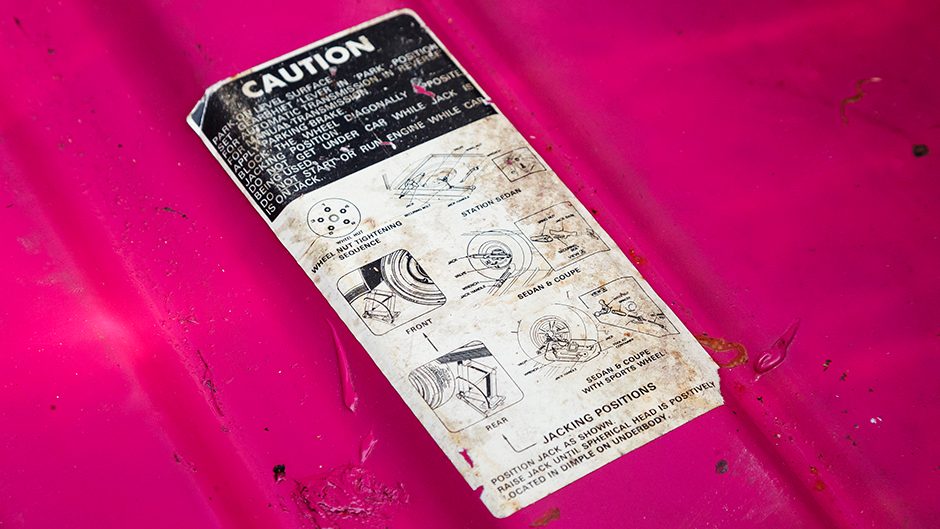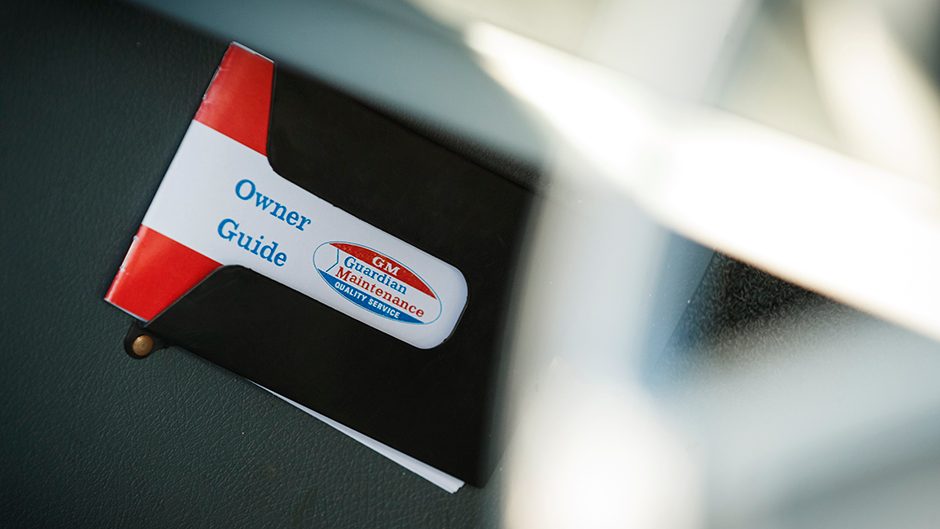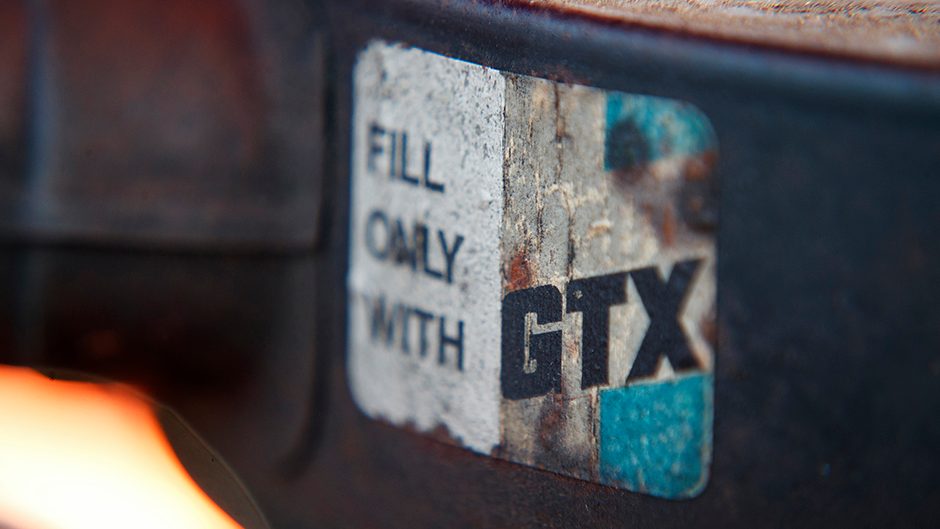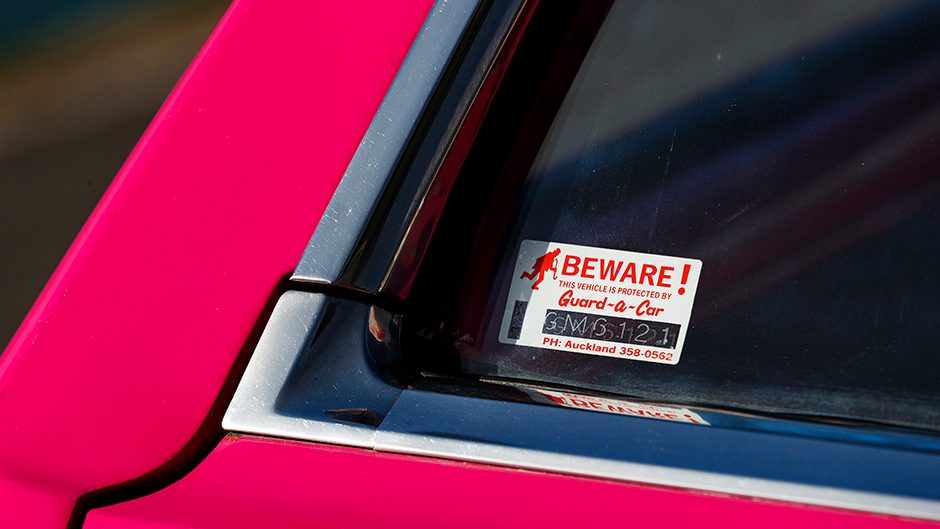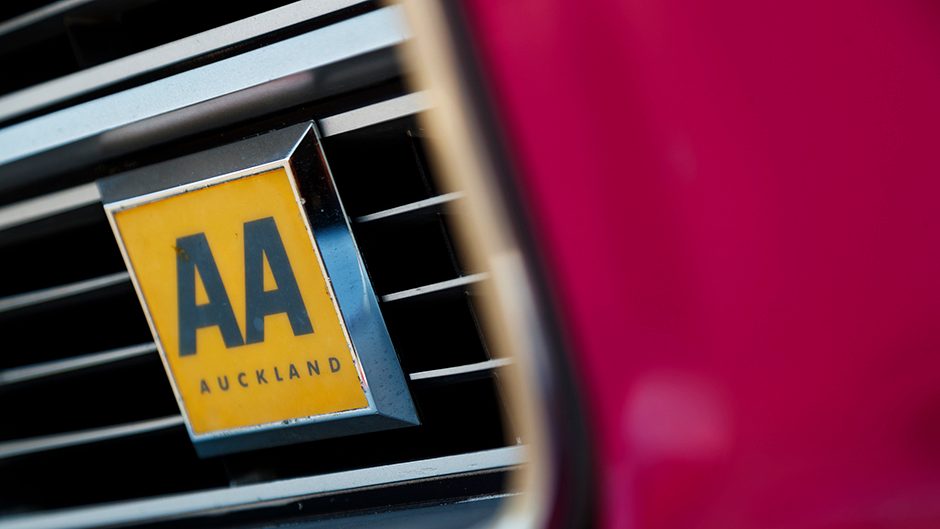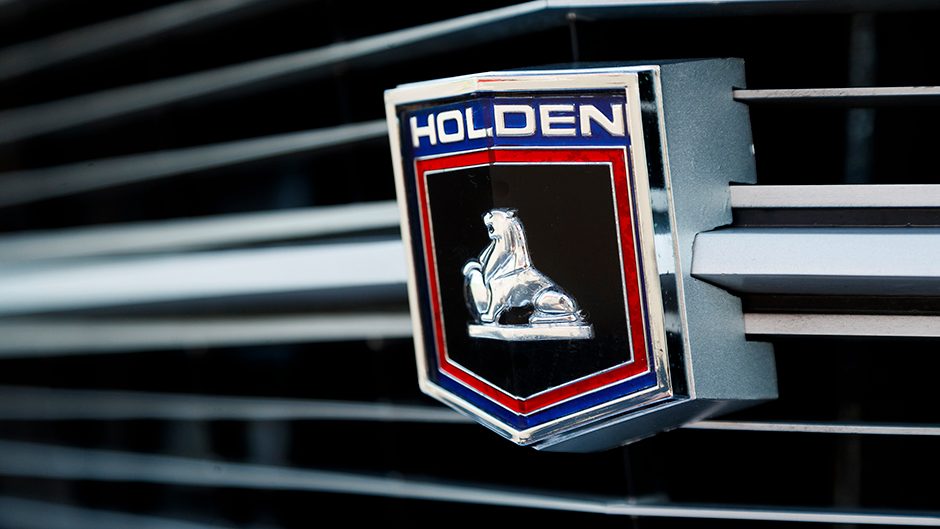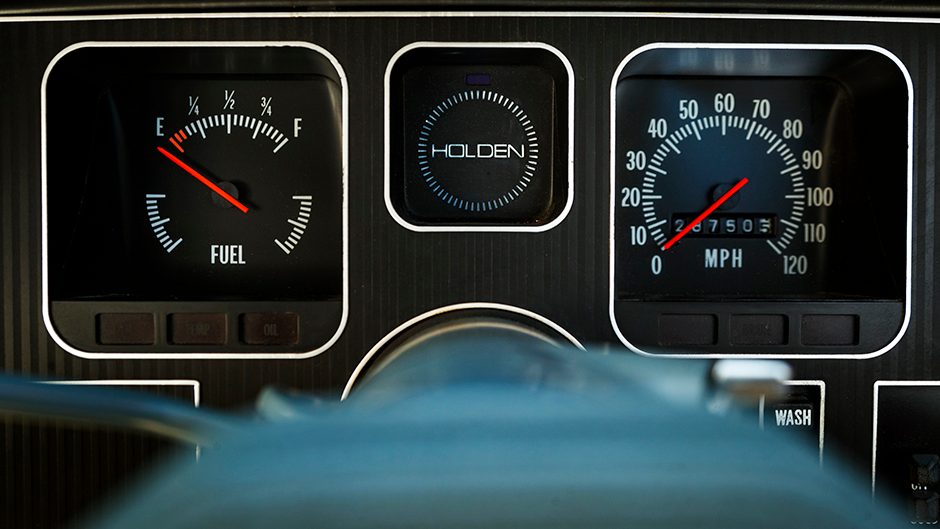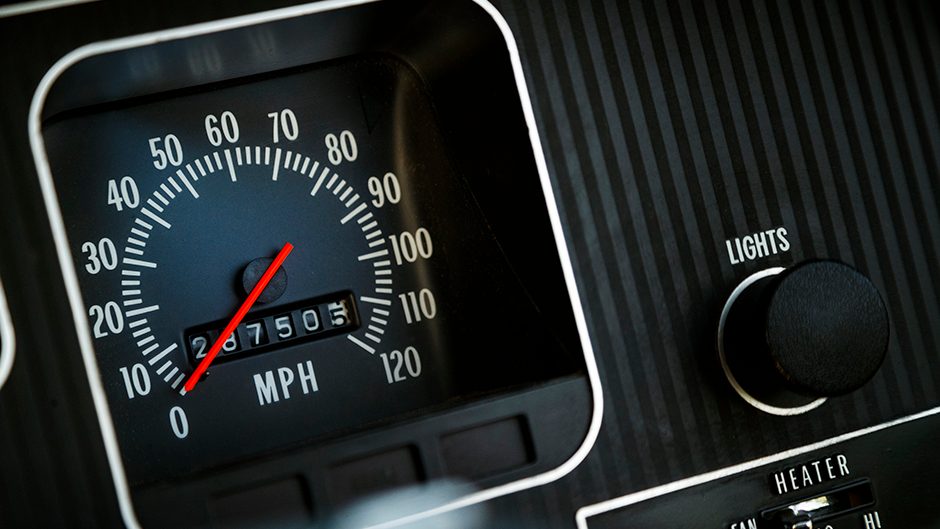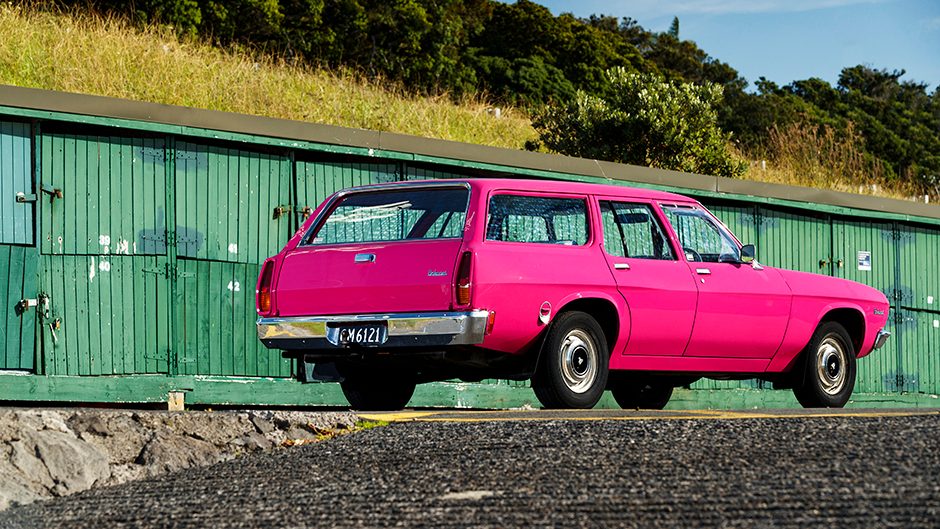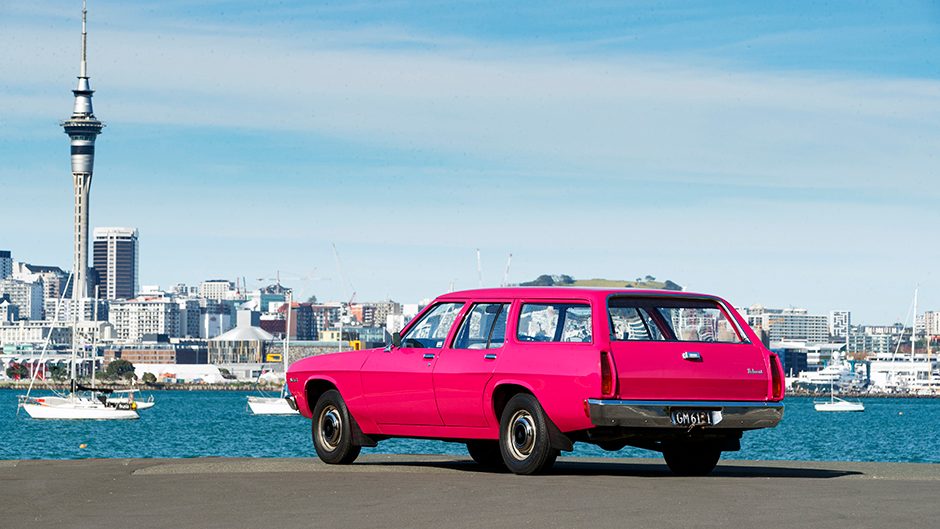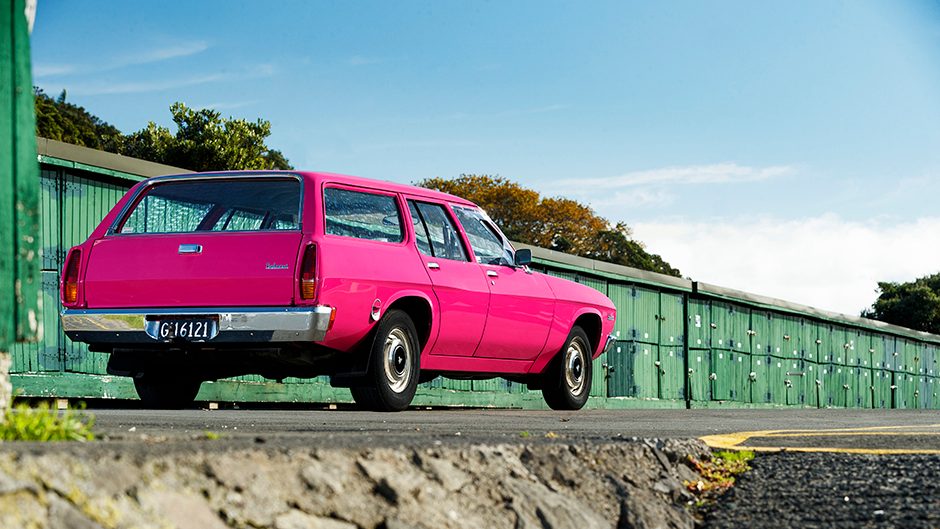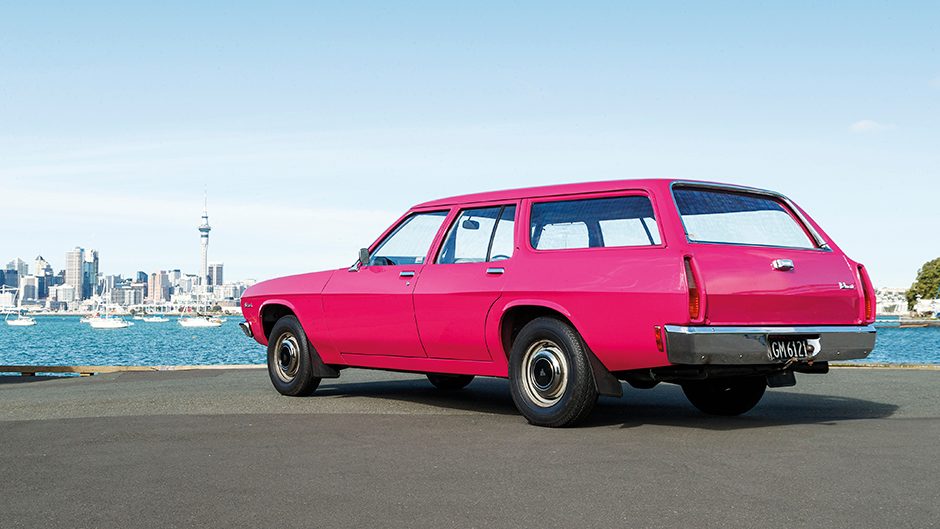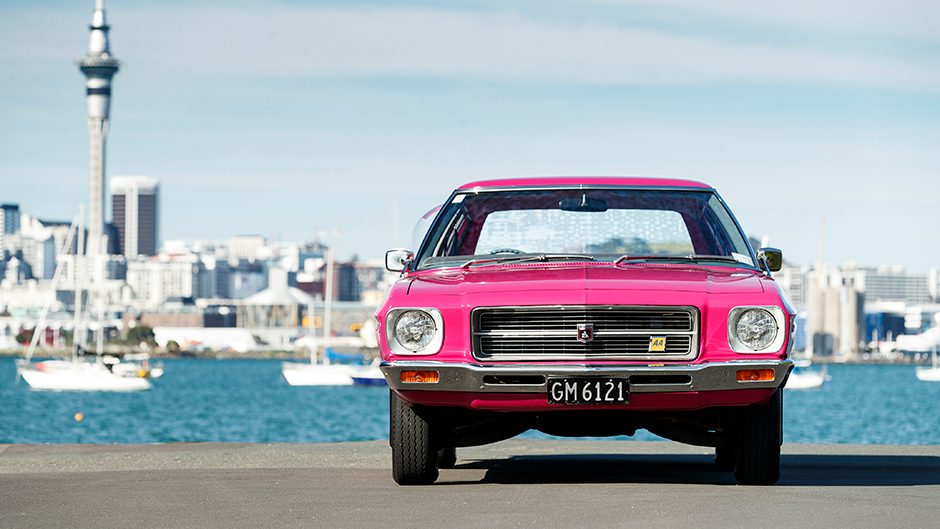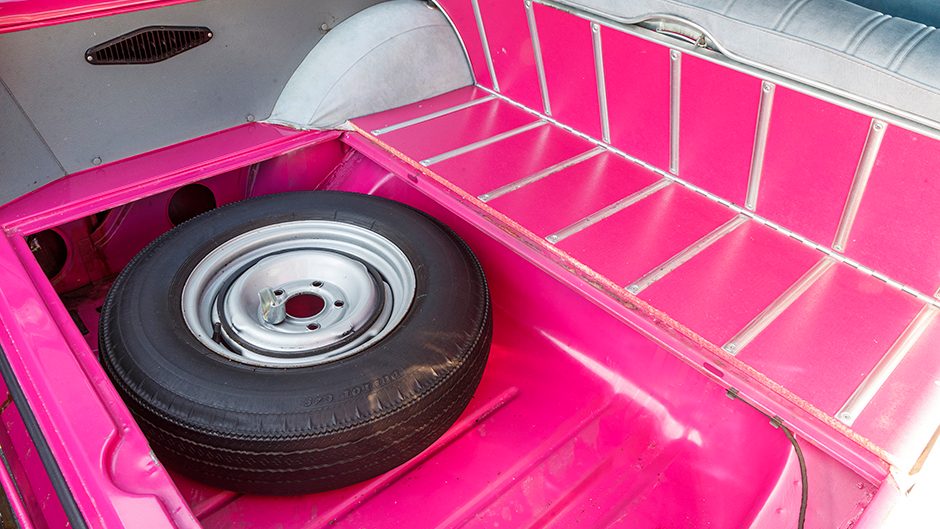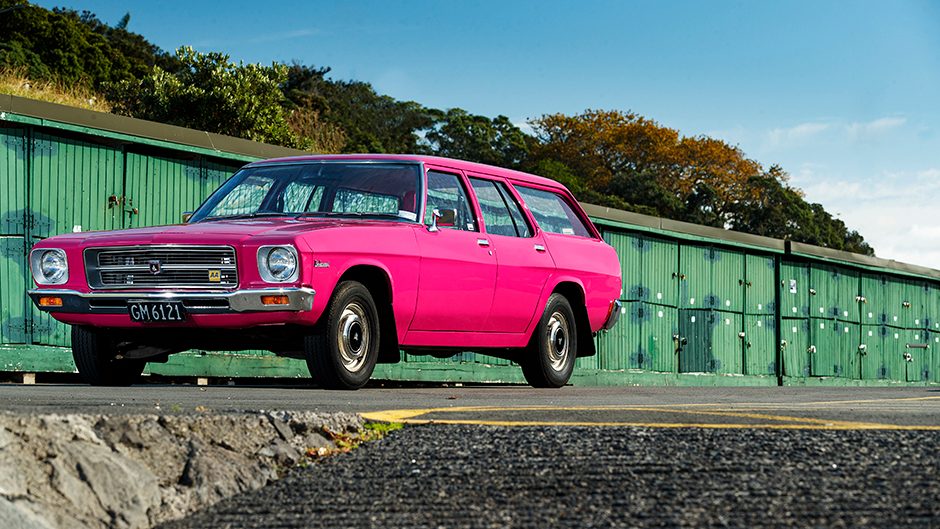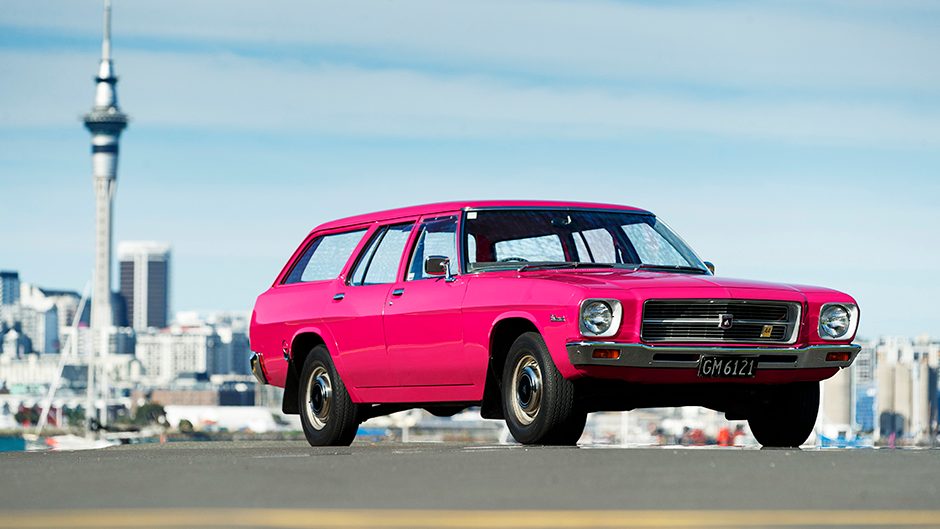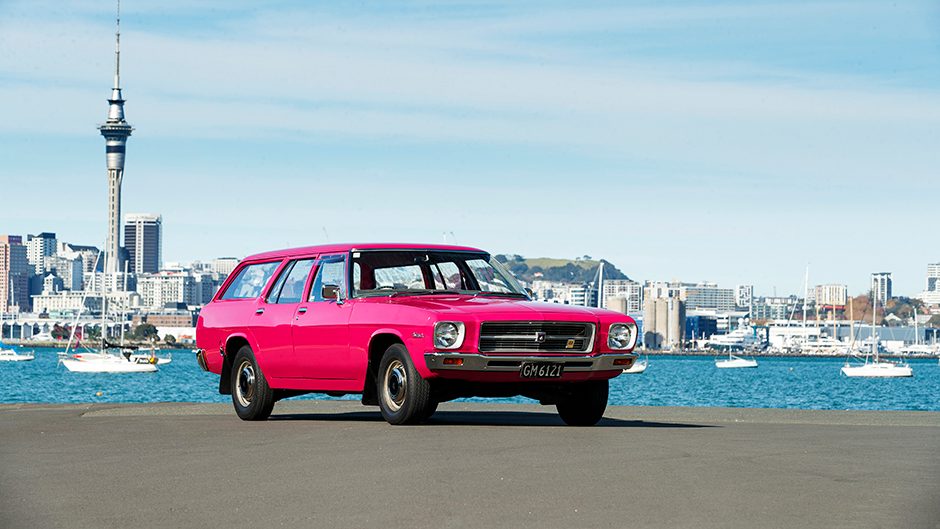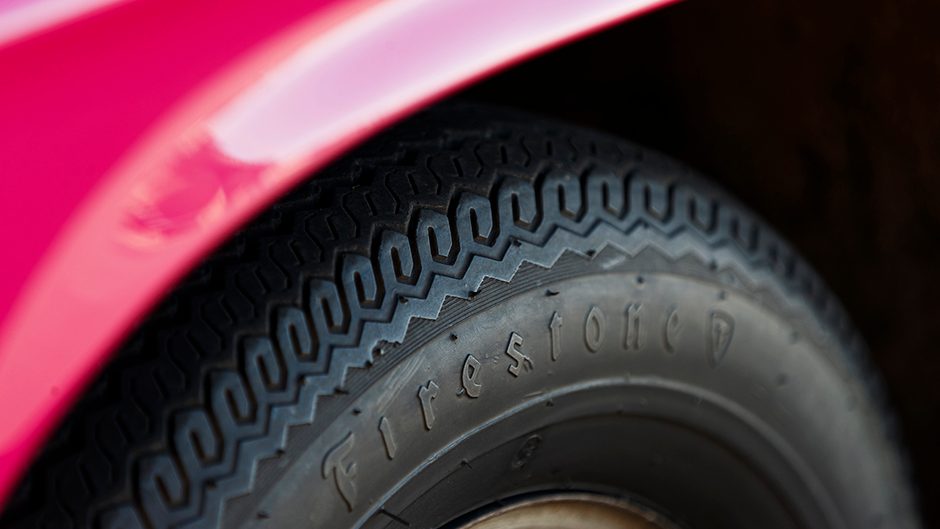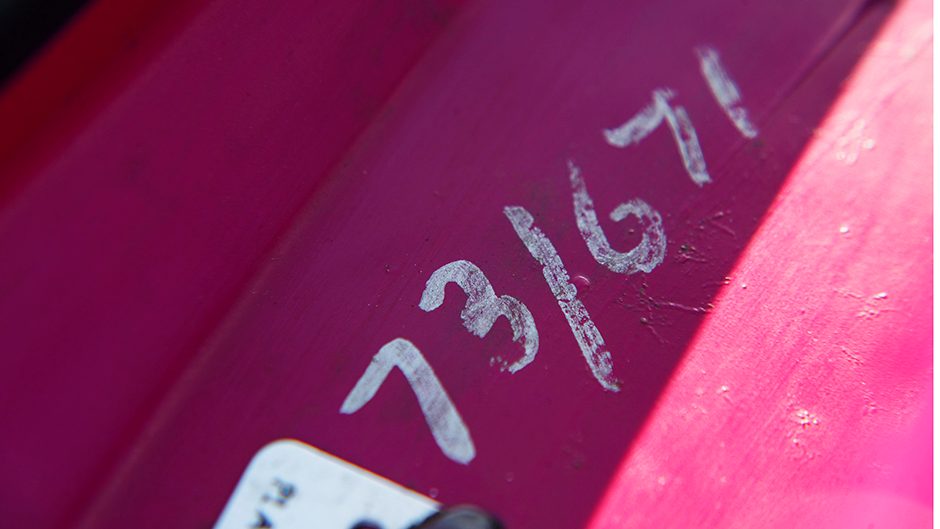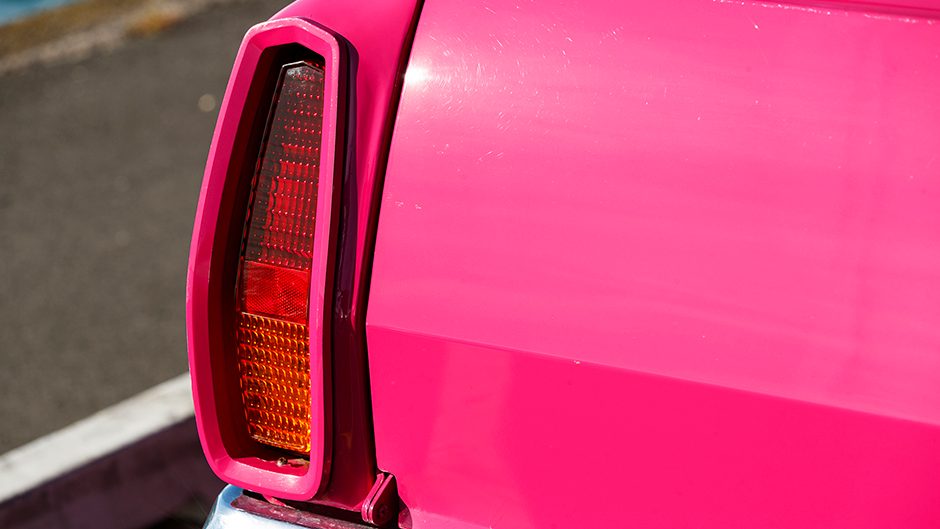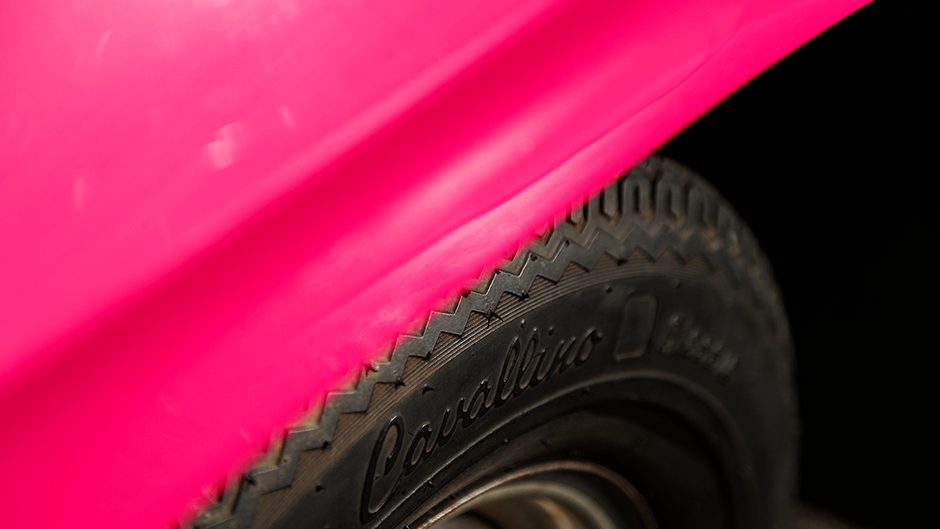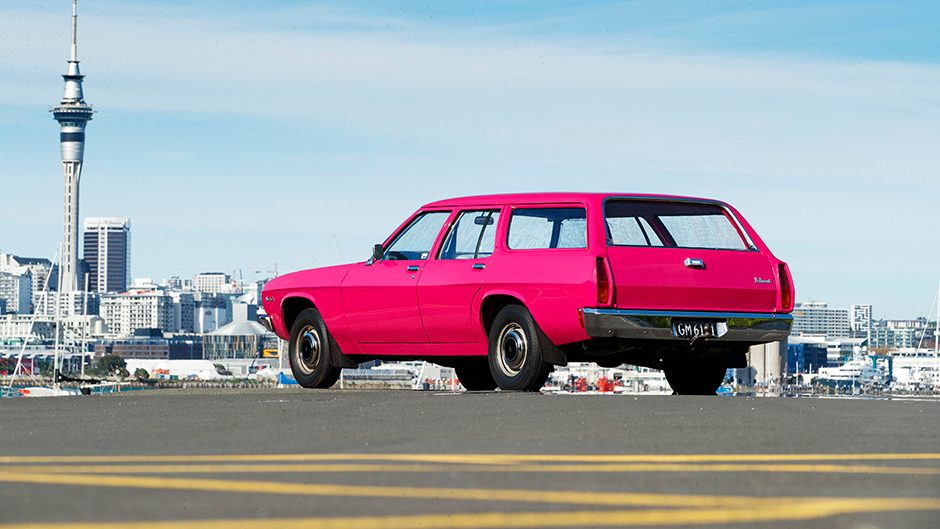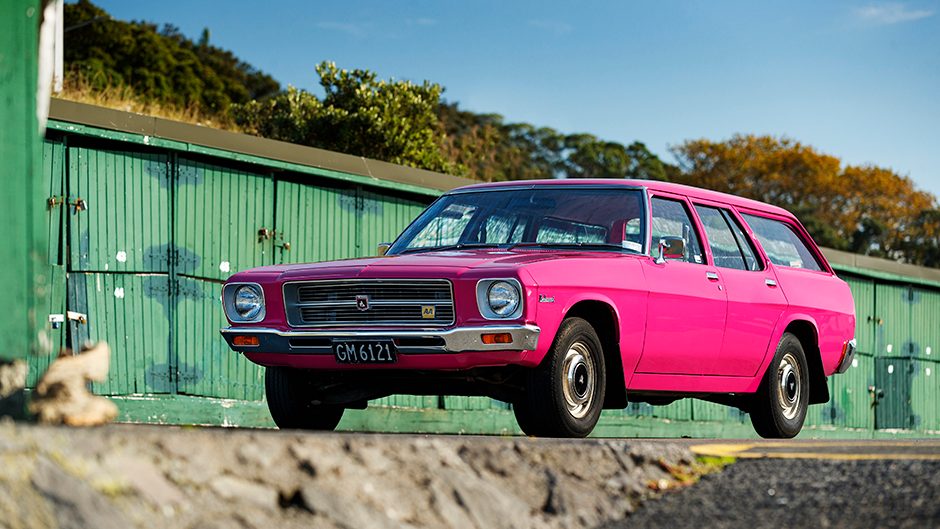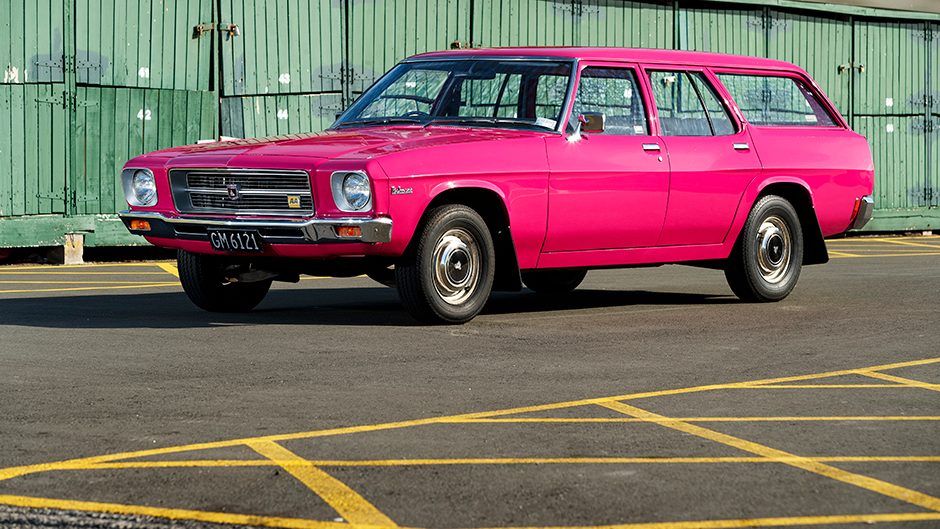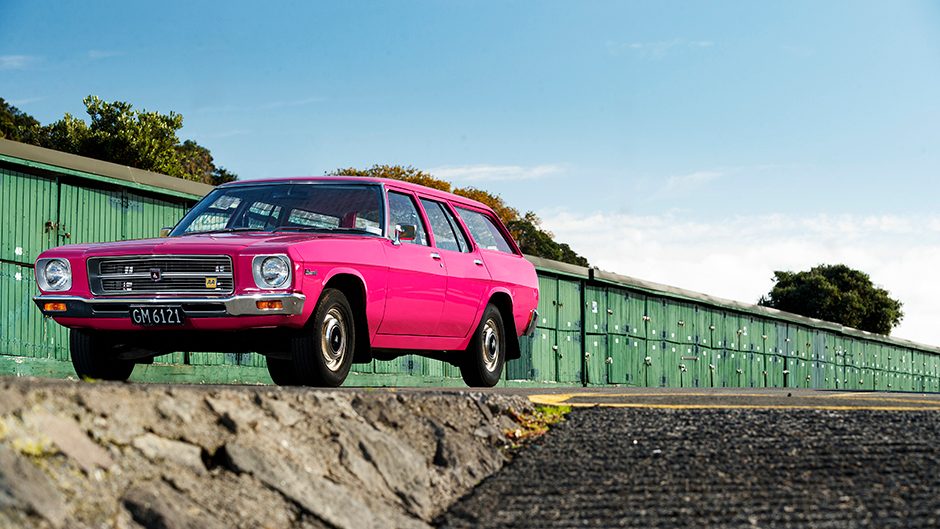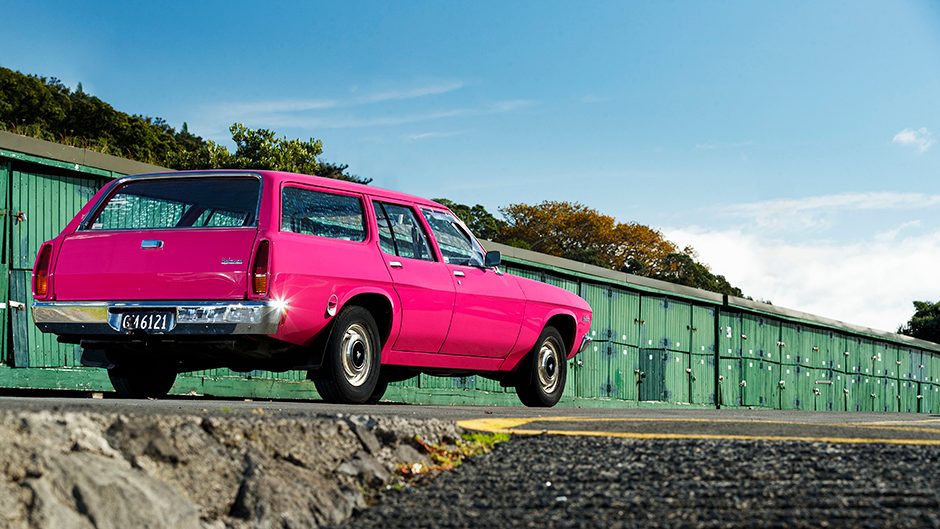1973 Holden HQ Belmont station wagon
Words Kyle Cassidy | Photos Tom Gasnier
Finding a low-mileage, all-original car that’s decades old is the ultimate for some collectors. Auckland Holden enthusiast, Daniel Armstrong, managed just that with this HQ Belmont.
Survivor cars are a sought-after commodity in the classic realm. These old and all-original machines have often been well preserved, generally through unique circumstances that have seen them housed and seldom used to emerge decades later like a time capsule of a bygone era. It’s more common for these survivors to be premium models, those that spend more time in the garage. That’s what makes this base model 1973 Holden HQ Belmont station wagon all the more curious.
When Holden introduced the HQ back in 1971, it was the biggest shake up for the brand’s top model in decades with a new chassis, body and suspension design. The styling was a revelation, the HQ replacing the outdated HG, and it’s still a picture today with its subtle body creases, thin pillars, and elegant proportions. The wider, longer HQ introduced a ‘perimeter frame’ chassis, the front SLA suspension on a new subframe, the rear axle adopting coil springs and shockers for the first time on a Holden. The model line-up consisted of the entry-level Belmont, mid-range Kingswood and top Premiere grades while the two-door Monaro, LWB Statesman and a number of commercials completed the range. Various six- and eight-cylinder engines were offered, from the 173 cubic inch six to the 350 V8 in the Monaro. Running through to 1974 (though still assembled in NZ until ’75), the HQ was an absolute hit, GMH minting 485,650 of them, making it the best selling Holden ever.
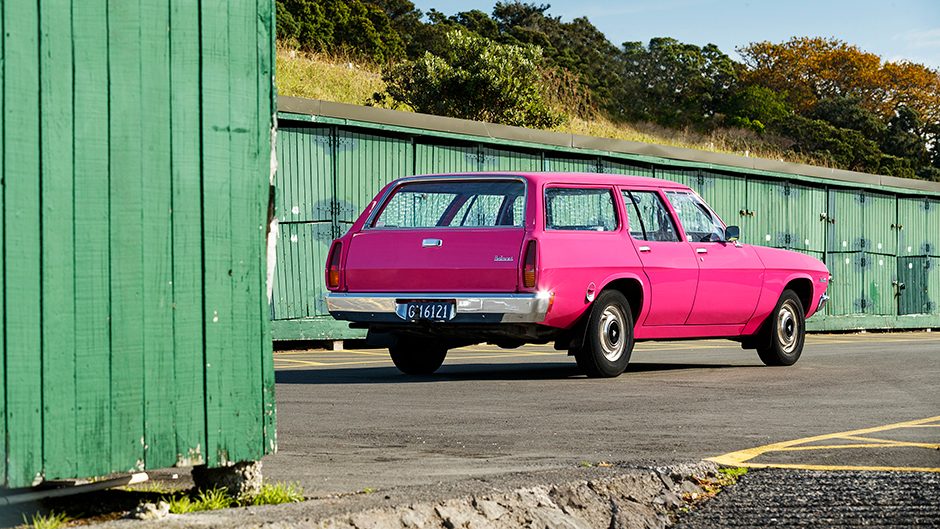
That this lowly Belmont has survived in such an original condition is what attracted its now proud owner, Holden enthusiast Daniel Armstrong.
“I first knew of the car back in 2017 when the then owner brought it along to a caffeine and classics meet and I was all over it like a fat kid on cake,” laughs Daniel. They kept in touch and when it was time to sell, they struck a deal. “He didn’t want to deal with idiots on Trade Me and he knew I was into the originality of it. He didn’t want to sell it to someone who’d dump a big block in it.”
Daniel took ownership in July last year, and has been doing some digging on its history as the car came with minimal paperwork. “One of the few bits I’ve got is a receipt for a service from 1975 at Schofields for $24, and the hand book.” He knows that the original owner, a bachelor who was in the navy and lived in Mt Eden, had it until 2007. “I’ve since spoken with some of his old neighbours who said they never saw the car, it was always kept in the shed and the owner was known to ride his push bike around.”
When the first owner passed away, a relation took ownership of it for the next ten years. “I’m keen to track down that second owner to get more of the history as he knew the original owner.” Daniel knows it wasn’t used much in the early 2000s. “In the last nine years of ownership, it was only doing a few miles a year. The owner would literally take it out to get a warrant from the garage at the end of his street.”
And that helps explain the low mileage. “I purchased it with 27,500 miles on the clock and it’s now approaching 29,000.”
Daniel says it’s a bit of a balancing act between enjoying it and preserving its mileage. “I do drive it, you need to to keep everything working properly. I take it to a few shows in and around Auckland, but wouldn’t venture too far in it. I’d like to use it more but that’s the good thing with having other Holdens – you can spread your time and money around all of them.”
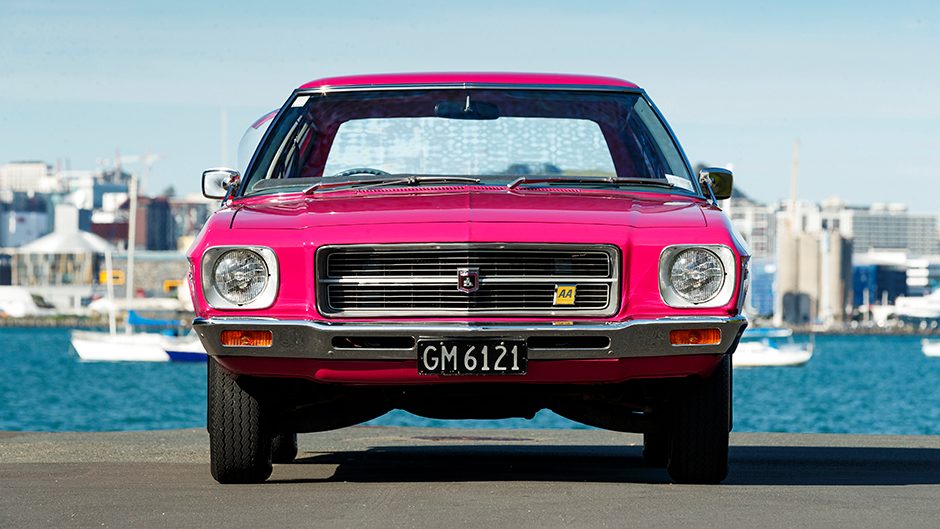
The car is in its original state. “It hasn’t had anything done to it, nothing has been rebuilt. The ignition leads on this car still have their 1972 date stamp on them. I still have the original fan belt, which I don’t use, as it’s pretty tatty, but it has the original Holden part number on it. I keep it in the boot, alongside the original spare wheel.”
The tyres are period-specific too. “They’re Firestone Cavallinos and are well before my time. People in the know reckon they are from the mid-to-late seventies. I only put them on the car for show as they are probably forty years old.”
The Belmont was a pretty basic machine. Holden didn’t even bother with armrests for the doors and it didn’t get a radio or many other features. There was no chrome on the sills or windows and the taillight surrounds were painted the same colour as the body, whereas they were chromed on the Kingswood. Power steering was optional, even on the Premier, and not fitted here, but it does have a couple of extras like disc brakes on the front, twin mirrors and a monsoon shield.
“The Belmont was as basic as it got. These were the fleet cars, they were everywhere and they got thrashed and forgotten. And now Belmonts are probably the hardest ones to find, because no one cared about them.”
This has its standard 173 engine, the 2.8-litre straight six making 118hp (88kW) and 228Nm of torque at 2000rpm with a three-speed manual, which was the only powertrain for the Belmont wagon in NZ.
“I’ve had five people in the car and you notice it with the smaller engine. With the diff ratio and the size of the tyres, it gets a bit screamy on the motorway, but back then it was a different pace of life; you didn’t have to be anywhere in a hurry.
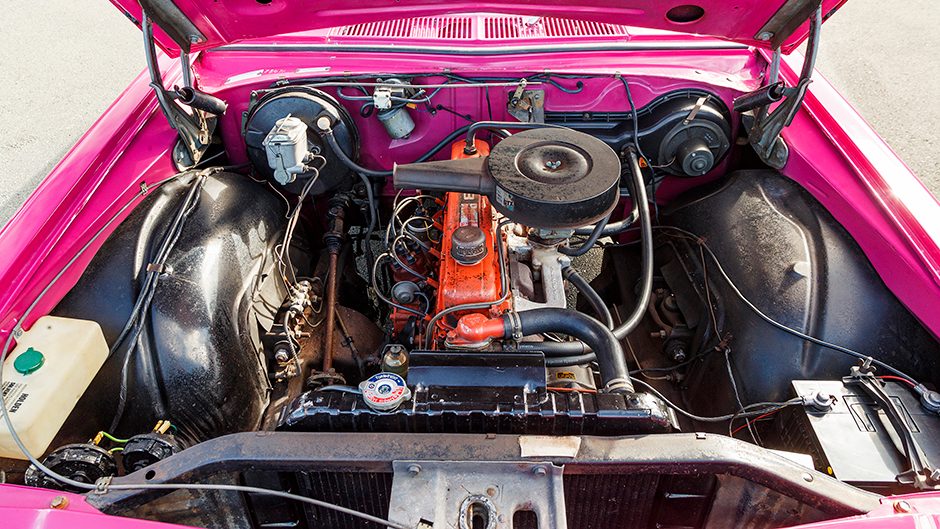
Daniel says the HQ doesn’t handle and steer as well as the later models like the HZ which debuted the famous radial-tuned suspension. “Those later models steer completely differently and are much better handling cars. The HQ rides well, especially with the standard wheels and tyres. When you put low profile rubber one them, you feel every bump.”
The Belmont isn’t perfect, the paint cracking in some places, and there are a couple of minor blemishes about the place. “There’s a small touch up around the rear, but I won’t sort that, it’s part of the car, part of its story.”
Station wagons tended to get used and abused more than the sedans, and Daniel says people can’t believe the condition of the boot. “The trim is usually all scratched, the side panels get bashed up, the vents get broken. People always reckon that I’ve restored the rear, but this is how it was. The guy had no kids, no dogs, so nothing seems to have gone in the back.”
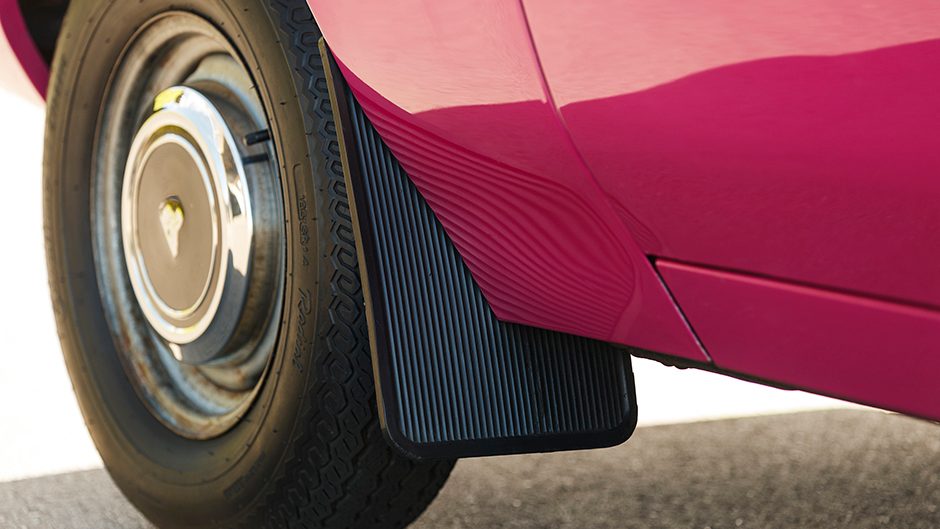
Daniel says the wagon’s tailgate was prone to rusting. “The water comes down the back window and it sits in the bottom of the tailgate, rotting it out. With this one being garaged most of its life, it’s in unbelievably good condition.” He says it would make a good reference vehicle for someone restoring one. “They can see what they looked like out of the factory. It’s never been tampered with, and everything is there.”
While there were a heap of HQs made, time and activities like the one-make race series have swallowed up a lot of body panels for these cars. Daniel and his father however have a good collection of spares hoarded over the years and sitting in a 20-foot container in the backyard.
That’s where the Holden connection sparked, his dad having plenty of old Lions since the 1970s. And, as such, the HQ isn’t his only Holden, having seven others, all older than he is with three from the sixties, another late seventies model and three Commodores from the eighties.
“Guys my age give me a bit of stick for having the old cars, and keeping them all original. Most guys into these cars are at least middle-aged, usually older. You have to have some kind of connection to them. I grew up with them. I have photos of me as a three-year-old behind the wheel of my Dad’s old Holden.”
Daniel says that most people find it difficult to grasp that the Belmont has such low mileage, and wonder why he repainted it that colour. “I tell them that’s how it came, it was the seventies, and you could get some pretty weird colours back then.” Being assembled here in Wellington, the colour is actually specific to New Zealand-built cars. It’s called Be Cerise (cerise being a red colour) and was also available on locally assembled LJ Toranas. But don’t confuse it with Strike Me Pink, which is quite a bit paler, this hue tending more towards magenta. But he says it was the unusual colour that drew him to it.
And it does draw attention. It didn’t take long for someone to roll up and regale us with their tale of HQ ownership long ago. “I like people coming up and talking about the car and how they remember them all those years ago. I like to hear the stories and memories, and to be able to share the car with other people, and not keep it locked away.”


